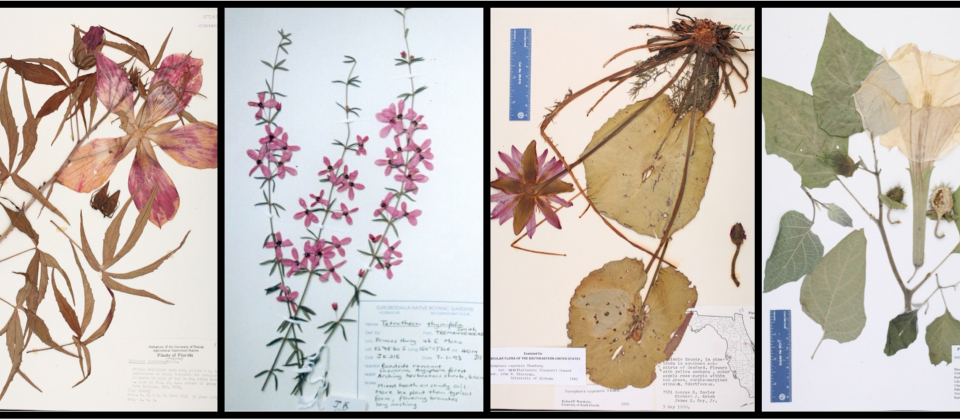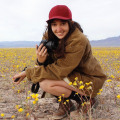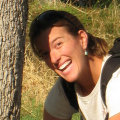Phenology and Climate
Dr. Isaac Park and I are collaborating on an NSF-funded project in which we're using digital records of historical plant specimens to evaluate the factors influencing past and contemporary flowering times across an unprecedented diversity of angiosperms across the continental U.S. (2,468 distinct taxa, each represented by >100 specimens). We have obtained and filtered >894,392 digital herbarium records available from 72 universities, museums, and other institutions throughout the U.S., and have identified > 563,000 specimens for which the phenological status and precise GPS coordinates were recorded.
Using these data, we have designed a series of novel analyses that capitalize on the unparalleled taxonomic diversity, spatial breadth, and temporal depth of this dataset to detect the ecological impacts of climate (and climate change) on the flowering dates of each taxon, as well on the collective phenological properties of the floras they constitute. We have created species-specific phenoclimate models capable of predicting flowering date (given a suite of climate parameters) for each of the 2,468 taxa included in this study, and we have compared the predictive power of models derived from such specimen-based data to models constructed from high-quality in situ observations of flowering time among living individual plants representing a subset of those taxa. We are currently developing a self-contained application through which users can easily use these models to predict shifts in the timing of a given species under projected climate conditions.








